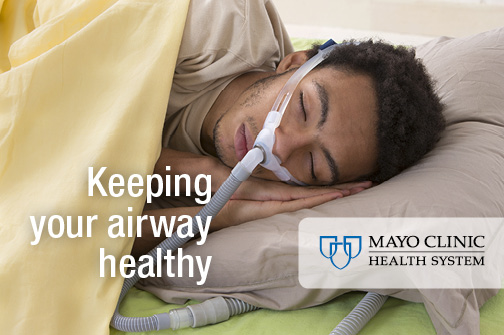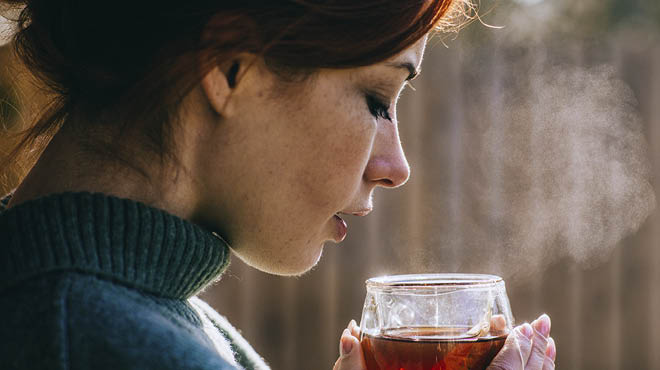Recent Posts
-

-
 Patient StoriesA lifesaver saved: An EMS veteran’s journey from rescue to recoveryNovember 14, 2025
Patient StoriesA lifesaver saved: An EMS veteran’s journey from rescue to recoveryNovember 14, 2025 -

Upper airway stimulation therapy restores couple's restful nights

Many mornings, Jerry Wojtkiewicz woke up more tired than when he went to bed. So did his wife, Sally. Jerry was diagnosed with obstructive sleep apnea in 2016, but he had never adjusted to his continuous positive airway pressure (CPAP) machine, getting tangled in the hose and constantly fighting with the mask.
"I don't know what was worse ― Jerry's snoring or the noise of the machine," Sally says.
Then in 2019, Jerry, 77, saw an ad for a new sleep apnea therapy that didn't involve a CPAP machine. That was life-changing for the Rice Lake, Wisconsin, couple. Jerry started looking into upper airway stimulation therapy, discussed it with the provider who prescribed his CPAP and learned the therapy was available at Mayo Clinic Health System in Eau Claire, Wisconsin.
Innovative approach to treating sleep apnea
Two Eau Claire physicians ― Patrick Shinners, M.D., and Christopher Williams, M.D. ― have been trained in this minimally invasive therapy that replaces CPAP with an implanted device that monitors a patient's breathing while sleeping. It delivers mild stimulation to a nerve in the throat with each breath to keep tissue in the throat and tongue from blocking the airway. The device is activated with a small remote control before the patient goes to bed and when the patient gets up.
A recent study of CPAP use over a 20-year period showed that 34% of people stop using the machine. "Common issues include difficulty tolerating the air pressure, claustrophobia, not getting a good fit for the mask and persistent dry mouth," says Dr. Williams. "Other than CPAP, there haven't been many therapies except surgery."
"For patients with moderate to severe sleep apnea, there were multiple surgical options, but they've been less than 50% effective," says Dr. Shinners. "Upper airway stimulation is a nice alterative because it's relatively noninvasive and doesn't require extra equipment."
Patients eligible for this new therapy need to be 18 or older with a body mass index (BMI) of 35 or less and diagnosed with moderate to severe sleep apnea during a sleep study conducted within the past two years.
Regaining a good night's sleep
After consulting with Drs. Shinners and Williams, Jerry and Sally decided to go with this new therapy. "I had the surgery in October 2020, and it was a piece of cake," Jerry says. "There was relatively no pain. I had a little swelling in my neck and on the side of my face, but that was it." After 30 days, Dr. Williams activated the device, which Jerry has found easy to understand and use.
"Typically, patients come in for a sleep study so we can adjust the device," Dr. Williams says. "Once we optimize it, we schedule a follow-up session every six months or so."
After a year, Jerry says he hardly knows when the device is on and is getting his normal seven to 7½ hours of sleep. And so is Sally. "Another aspect is the convenience," she says. "You don't have to clean the hoses and mask, keep distilled water on hand or haul the CPAP machine if you go somewhere."
And the best part? "I feel more energetic, can do more things and don't feel like I need naps during the day," Jerry says. "It's improved my life a lot."



